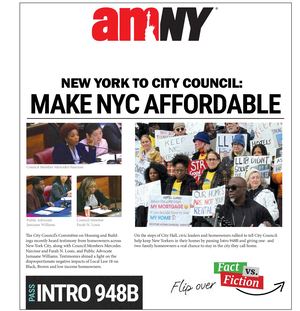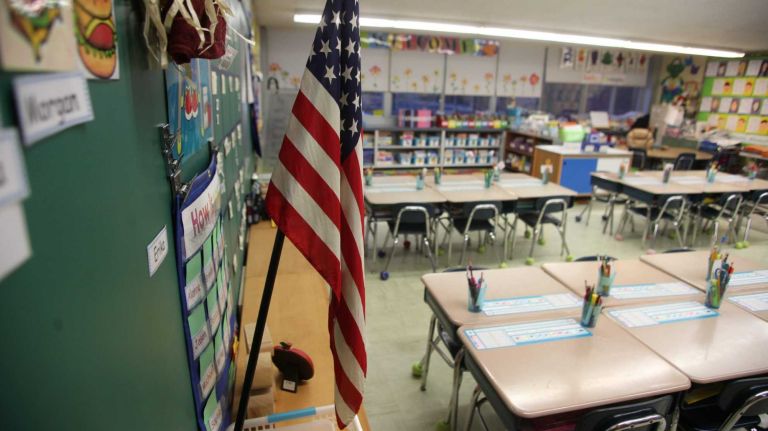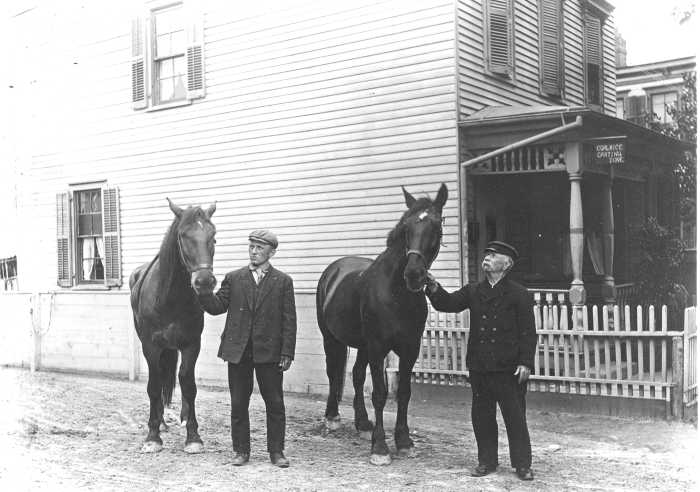
NYC’s public schools are among the nation’s most racially segregated, and even with parents demanding change, the city’s Department of Education has been slow to show interest.
When Nikole Hannah-Jones, an African-American New York Times Magazine staff writer and a public school parent with exhaustive knowledge of segregation, interviewed Chancellor Carmen Farina on the subject, the chancellor met her for only 15 minutes.
But late last month — prompted by parent activism (including District 15 Parents for Middle School Equity in Brooklyn) and Hannah-Jones’ story — the DOE invited individual schools to apply for permission to make their admissions systems more equitable.
There’s one problem: It won’t work.
Some professional-class families have been troubled that their children’s schools don’t reflect the city’s diversity, and have rightly made noise about it.
The fact that those children don’t attend diverse schools is only a piece of the segregation problem, but the easiest piece to address. Only a minority of children attend public schools in which rich white students are overrepresented. Many more attend schools that are overwhelmingly black and poor. The city extended its invitation to diversify to “any” school, but how can a school with a disadvantaged population desegregate itself?
Under the city’s plan, some low-income kids would benefit from attending schools whose riches have been hogged by the privileged for too long. But it’s no remedy for the majority of kids in the system.
More promisingly, some districts are working toward “controlled choice” in which families have some choice over which schools their children attend, but the district works — whether through zoning changes, set-asides, limiting the number of screened or selective schools — to see that all schools become more representative of the district. Adopting such policies citywide would be better, along with housing policies aimed at reversing residential segregation.
Good for the administration for trying to do something, but it should think bigger. Segregation can’t be addressed one school at a time.
Liza Featherstone lives and writes in Clinton Hill.




































